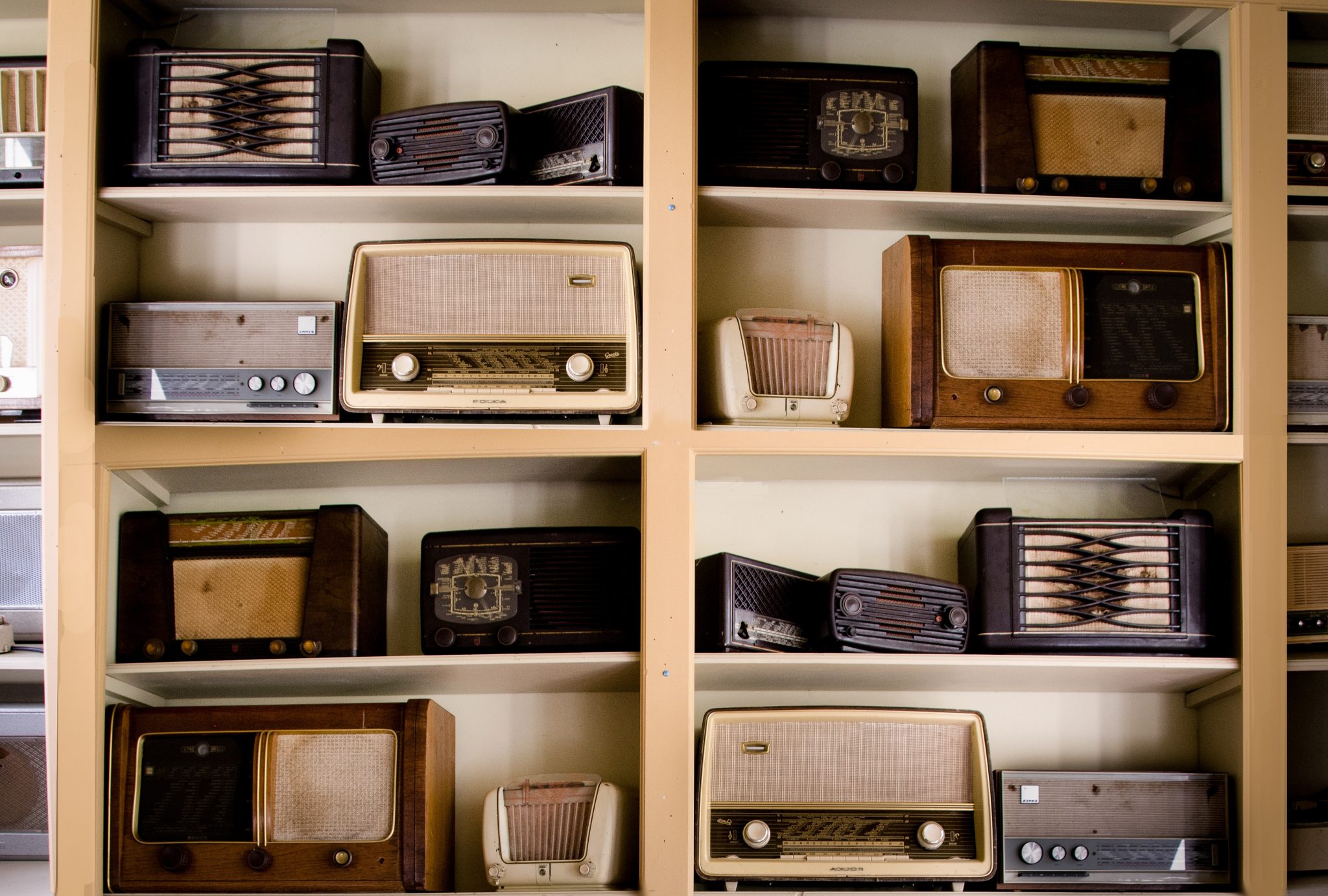Interested in myths, legends, and obscure facts from 100 years of radio? Learn more great facts about radio than ever before with “Radio Shorts”. By Crystal Hammon. Adapted from Classical Music Indy’s NOTE Magazine.
Radio Shorts
By Crystal Hammon
Radio’s First Culture War

At the beginning of 1920, there were no radio stations. Two years later there were roughly 600. In the early days of
radio, nearly everything on the airwaves was experimental. Skirmishes over purpose and content were rampant. Some people, for example, considered classical music on the radio a possible answer to America’s labor problems. If everyone listened to Bach and Beethoven, some thought Americans might live in perfect harmony without labor strikes, racial strife or class warfare.
“Among the upper bourgeoisie in the early 20th century, the spread of ‘good music’ equaled the spread of moral and political goodness—that initiatives of cultural uplift could counteract vice and criminality, promote temperance and chastity, pacify class antagonism, neutralize labor unionism and hasten the integration of unassimilated immigrant groups into the Anglo-Protestant mainstream,” writes Cliff Doerksen, journalist, historian and author of American Babel: Rogue Broadcasters of the Jazz Age.
Women in Radio
The first woman radio DJ in Indianapolis was Gwendolyn Schort Burris, a private drama teacher and Butler University graduate who was invited in 1937 to co-host Tea Time Tunes, a radio program at WFBM—the ancestor of WRTV. “In those days, women just did not do anything,” Burris said in a 1977 interview. “I just couldn’t believe it. Here I was, a little nobody, and yet I was going to become a radio personality.”
Burris went on to host Apron Strings and Wishing Well, radio shows that targeted women. Wishing Well was sponsored by Kittles Furniture. “The thing that we tried to do was entice the listening audience to [go in and pick up] a contest blank and wish for something,” Burris said. “Wishes came true each week because the company would have me read the letters they selected.”
 Radio Fact & Fiction
Radio Fact & Fiction
Practically everyone knows about The War of the Worlds, the famous Orson Wells radio drama from the Golden Age. Two things about that broadcast you might not know:
1) For decades, a myth circulated that the show caused widespread hysteria. American newspapers started that legend. They were so threatened by radio’s growing advertising revenues that they jumped at the chance to discredit radio as a credible news source by exaggerating the show’s effect.
2) The radio waves from the original 1938 broadcast of The War of the Worlds are not dead. They’re traveling in space a mere 80 light years away. That’s because sound waves travel at the speed of light—forever.







Much info about WAJC from its beginning. Was a part. Also worked with WFMS in its early days.